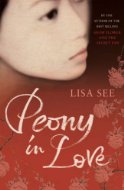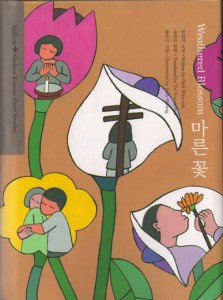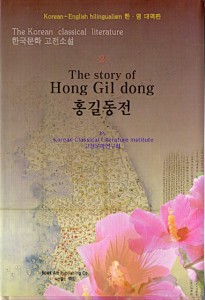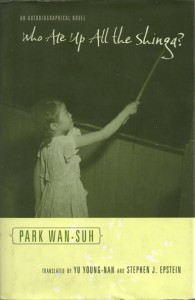James, from the inestimable The Grand Narrative sends me the following article about cliched book-jackets on Chinese and Japanese translated books:
http://contexts.org/socimages/2010/01/25/how-to-make-a-chinese-or-japanese-book-cover/
This fits well with a link I had squirreled away to write on later:
http://bookoblate.blogspot.com/2009/08/asian-american-book-covers-cliched.html
The first article names four cliches:
Element 1: Blossoms (preferably cherry, but anything red or pink will do)
Element 2: Fans (preferably held so as to partly obscure a woman’s face (or genitals), and if you can get blossoms on the fan, you get bonus points)
Element 3: Dragons (for use only on crime novels, or other exciting tales)
Element 4: Female Necks (preferably that of a geisha, but any female neck will do in a pinch)
The blog post focuses more tightly on the repeated use of the asian woman’s partial face – in fact the post has no comment, just the pictures. If my focus were on this kind of thing I might take some time to explore the meaning of the tight-cropping featured on these book-sleeves, but I leave that to someone else.
Some really classic cliches are represented in these sleeves. One of the things that develops in the threaded conversation on the sociology site, is that book sleeves vary wildly depending on what language the book is translated into. This makes me wonder, as an ex-marketing tool, if these cliches aren’t actually useful – that is they represent a convenient shorthand for a potential reader. While social critics, the artistic, and the politically sensitive might find these covers appalling on more than one level, to marketers they might just be another strategy.
And how wrong is that? Blossoms? Surely that is a representative symbol of Japan? The Chrysanthemum Throne is, after all, the name given to the position of Japanese emperor. Dragons? Pretty similar – only English Knights had a closer relationship to dragons than East Asia.
I have a difficult time taking this marketing shorthand to be culturally insensitive. It may be reductive, but no more reductive than using a cowboy (for instance) on the cover of a book about the US. The cowboy may or may not reflect the content, but it surely represents the US ‘brand.’
Remember, just a few days ago I bought an absolutely horribly translated Korean book, partly because I was taken in by its cover which, surprise, included a substantial swath of flowers (and, of course, they were pink!).
Yet, as I sort through my Korean books, I note that very few cliches seem to have evolved (basically flowers), and in fact some of the covers don’t seem to demonstrate much thought at all.
What I wonder, as I look at those, is which covers were designed in Korea, and which without? What I know is that the first three (which are most generic, but two of which also include implementations of some cliches) are not the most interesting.
The other two books are in my office, so I won’t seen them for a day or two, but I will be interested to get my hands on them to see who designed the covers…
There will be, he said with a threat in his voice, and update!








